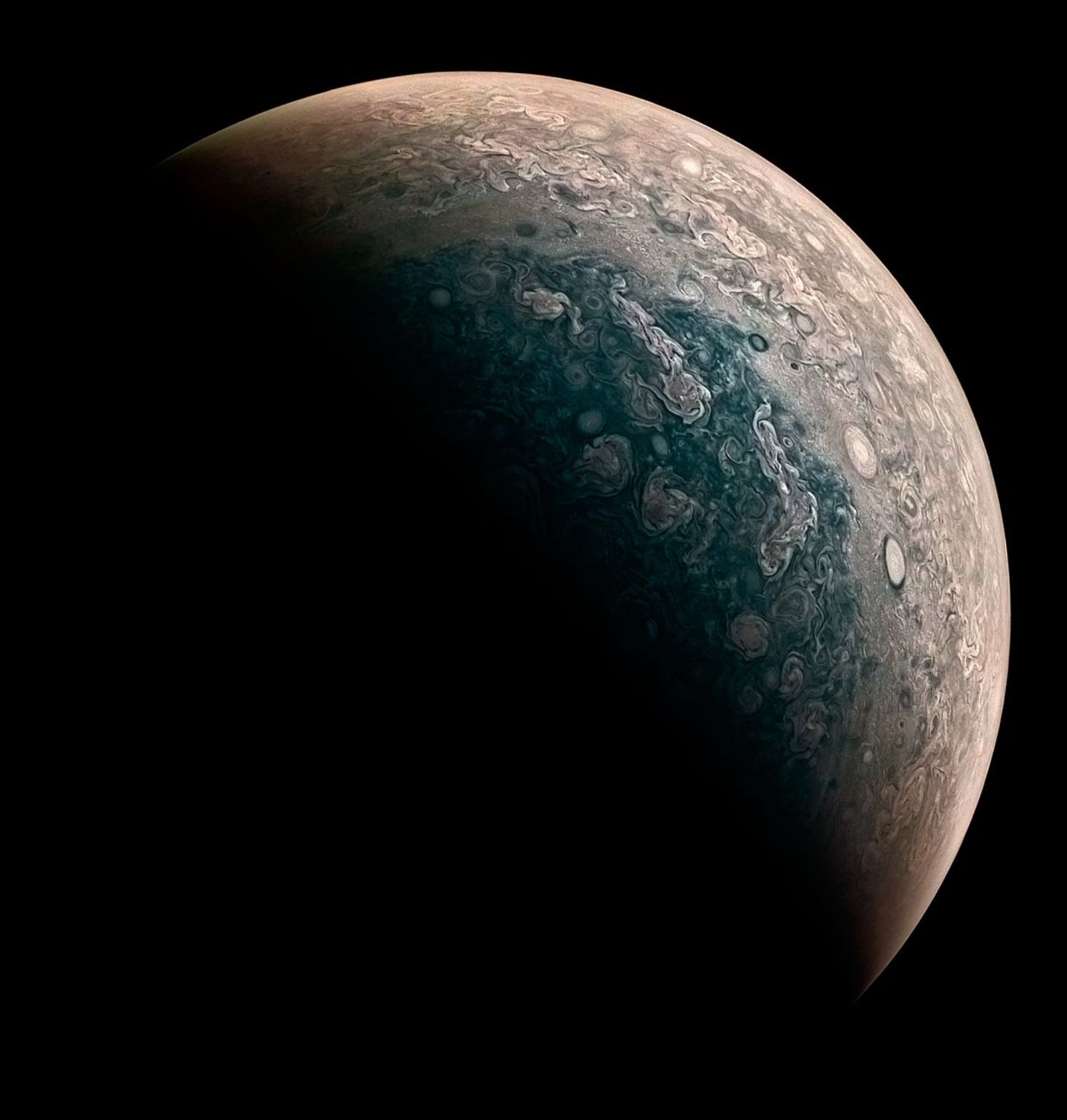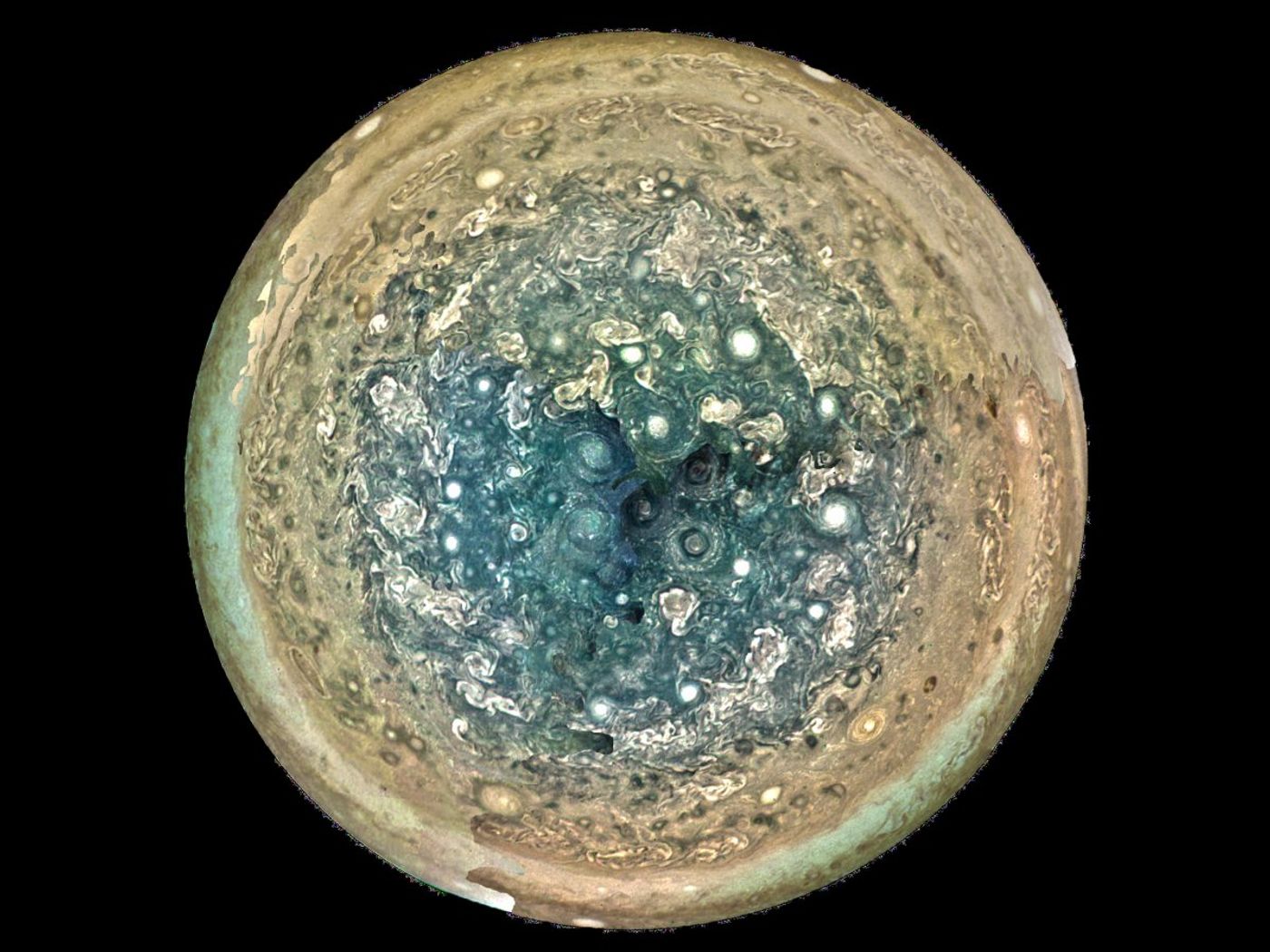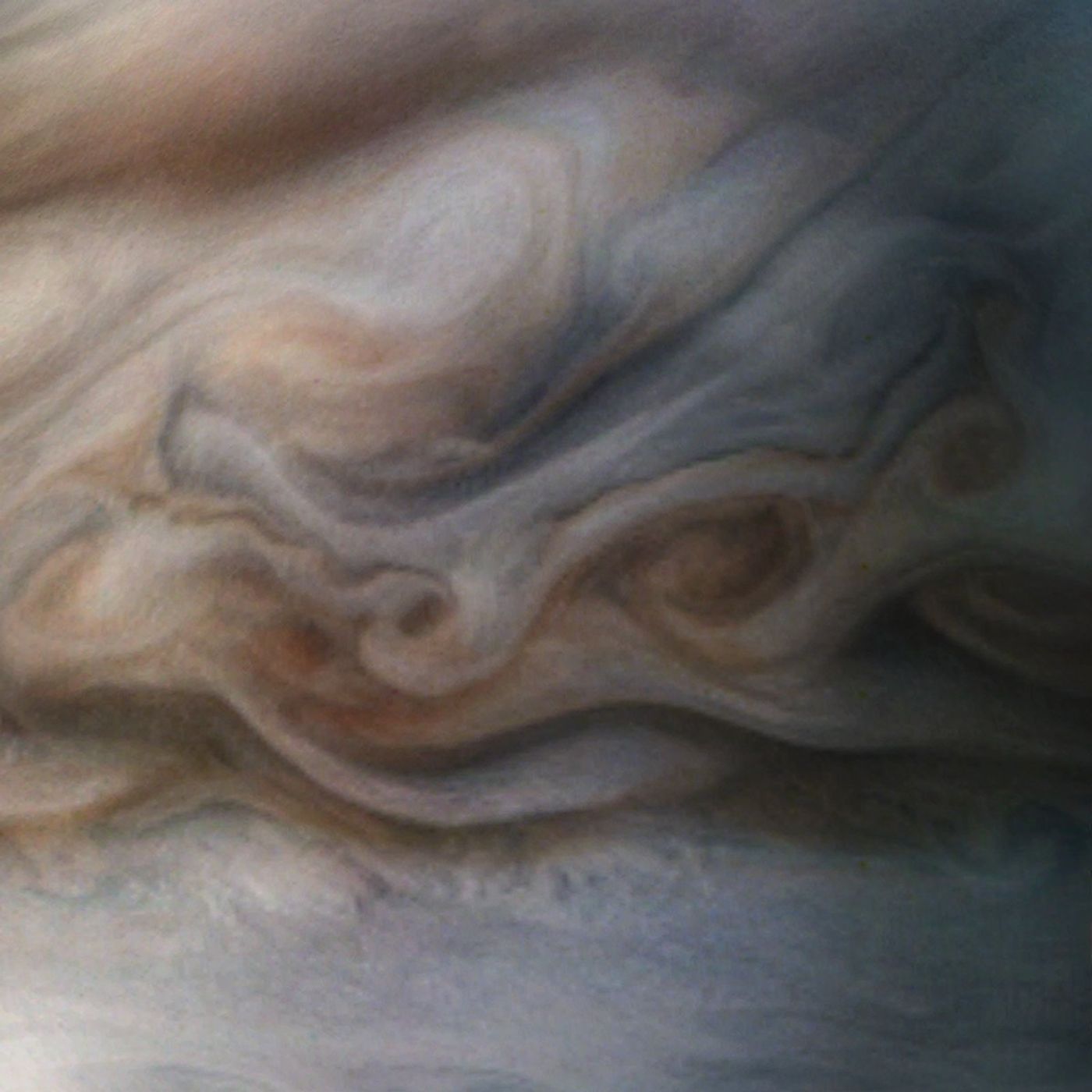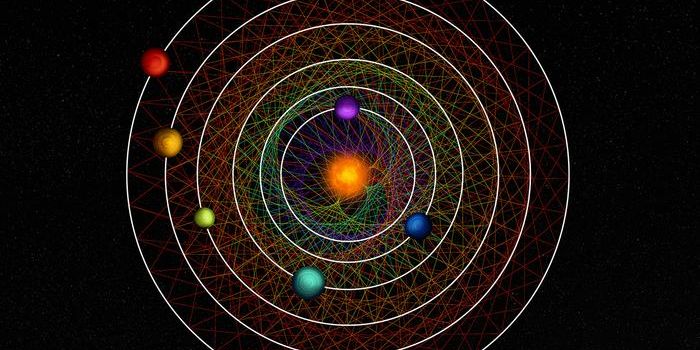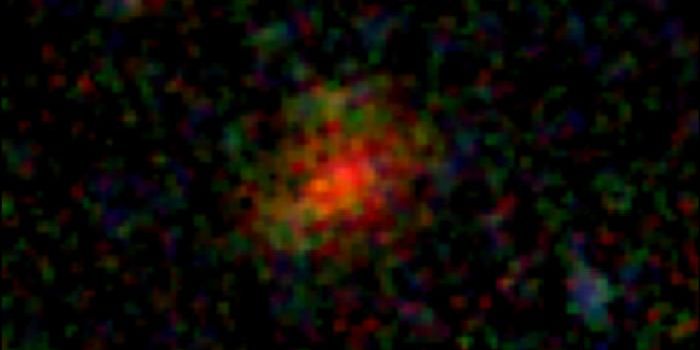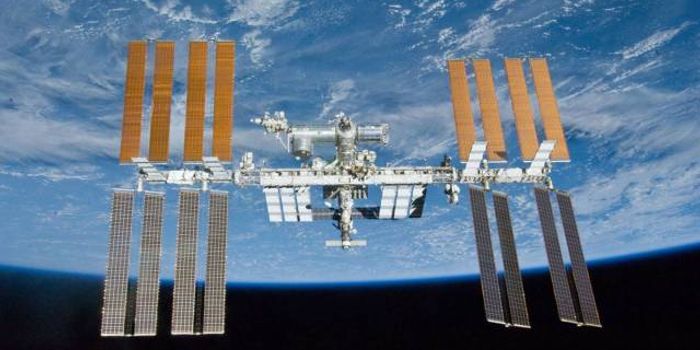Juno Relays Incredible New Photos of Jupiter to Earth
NASA’s Juno probe arrived at Jupiter on Independence Day of 2016, where it began its orbital insertion around our Solar System’s largest-known planet.
Since then, Juno has been collecting data about the giant gassy planet, including new photographs that illustrate Jupiter in ways that we’ve never seen in such detail before.
Related: Juno capture's Jupiter's roar as it enters the planet's magnetic field
The latest images were captured by JunoCam during a flyby on March 27th, and have been beamed back to Earth. It’s the fifth fly-by since the probe’s orbital insertion, as Juno has to make elliptical swings towards and away from the planet to avoid its radiation, which can reportedly damage Juno’s onboard equipment.
The images have been processed from raw camera data and illustrate some incredible cloud formations and patterns on Jupiter’s surface, which really paints a new picture of the planet compared to how we’re used to looking at it in artist illustrations.
Image Credit: NASA/SwRI/MSSS/Roman Tkachenko
Image Credit: NASA/SwRI/MSSS/Gervasio Robles
Image Credit: NASA/SwRI/MSSS/Daiwensai-33
A time lapse video, included below, was processed by amateur astronomer Gerald Eichstädt, shows Jupiter in more detail:
As the probe flies past Jupiter, it is also collecting data about the planet’s auras and magnetic fields, which will help astronomers to better understand the mysterious planet.
Unfortunately, these fly-bys are limited to occurring almost once every two months because of engine valve and onboard computer problems that prevented the probe from readjusting its orbital path so it could fly by every two weeks instead. This meant NASA had to settle with less-frequent information.
The mission is scheduled to end in February of 2018, which is when Juno will go into suicide mode and fall into Jupiter’s atmosphere. At that time, it will collect one last hoorah of data before it’s crushed by Jupiter’s immense atmospheric pressure and gravitational forces, potentially giving scientists even more information that they’ve wanted to have for decades.
It should be interesting to see what more information can be uncovered before Juno’s quick mission ends in less than one year from now.
Source: Science Alert
-
MAY 07, 2024Is It Anti-RNP or Anti-Sm/RNP?
- See More
-
APR 30, 2024Immuno-Oncology Virtual Event Series 2024
-
MAY 07, 20243rd International Biosecurity Virtual Symposium
-
JUN 06, 2024The Future of Scientific Conferencing
- See More
